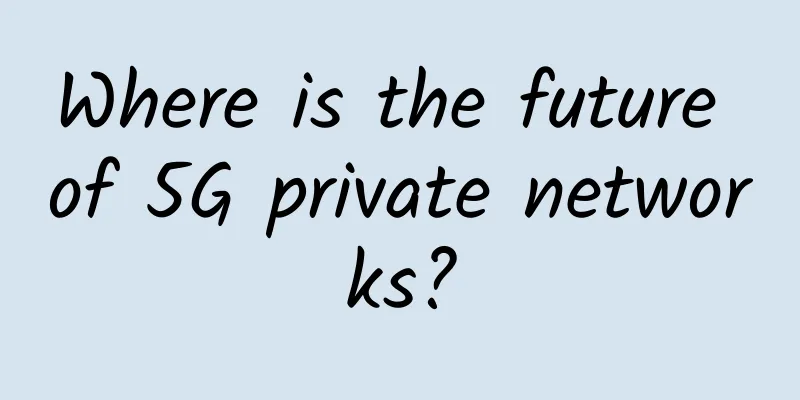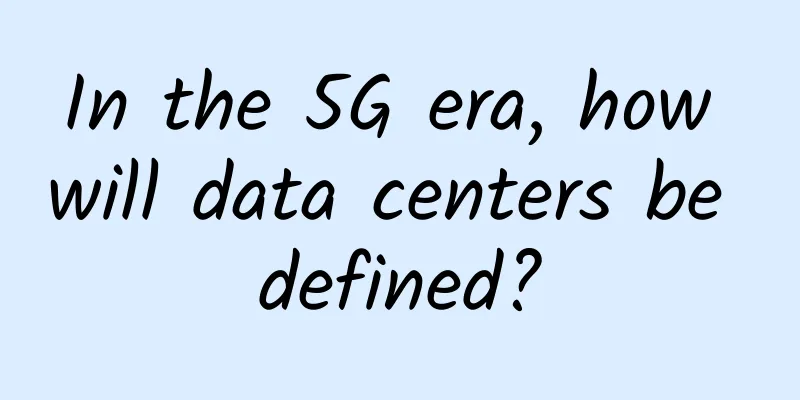5G: How businesses can prepare

|
5G is the marketing term for the fifth generation of mobile networks, which will offer higher speeds and lower latency than the current 4G. The average latency of 4G is about 50 milliseconds, and 5G can be as low as 1 millisecond. This is very important when it comes to scenarios where response time affects the results, such as online gaming and streaming, virtual reality, and the growing number of IoT applications.
Our world is already mobile, with over 30 billion connected devices and continuing to grow with the popularity of IoT technology. Existing spectrum will continue to be congested with network traffic and cause maintenance and reliability issues. 5G will allow more devices to be connected simultaneously, and telecom base stations will be significantly smaller and can be installed in a wider range of places, which was not possible in the past. The problem is that to benefit from 5G, you need hardware or devices that are compatible with and support 5G. 5G will play an important role in multiple industries and help accelerate the development of connected technologies. These advances will enable connected cars and autonomous driving, as well as smart cities with connected logistics, transportation and infrastructure; enhanced technologies from robotics to blockchain to wearable healthcare, industrial IoT and smart factories; and more widespread use of augmented reality, virtual reality and mixed reality. While these technologies have been around for some time, 5G networks are expected to drive exponential growth, scalability, and adoption of these technologies. How can enterprises prepare for 5G? Enterprises must prepare for the technology now in order to take advantage of the benefits and operational efficiencies 5G offers.
Although it will quickly bring smart technology and the Internet of Things into the consumer and business mainstream, mass adoption of 5G is still expected to take five years. In the meantime, business leaders and CIOs are developing strategies for this new technology, which is challenging given that we don’t yet fully understand the potential impact and opportunities it may bring. |
<<: Countdown to frequency clearance and network withdrawal: 2G/3G existing users face new problems
Recommend
Let you understand the MQTT protocol
Author: Wang Yingyue, Unit: China Mobile Smart Ho...
OneTechCloud: 30% off all VPS monthly payments starting from 19 yuan/month, Hong Kong CN2&CMI/US CN2 GIA&9929/high defense optional
OneTechCloud has launched a Spring Festival promo...
United Nations: Food crisis is approaching China: Smart agriculture can protect against the crisis
Entering 2020, the term "food crisis" s...
5 Easy Ways to Check Open Ports on Linux
An open network port is the simplest access point...
Learn more about the basic features of Linkerd 2.10 and step into the era of Service Mesh microservice architecture
[[405370]] Linkerd provides many features, such a...
HostXen: DIY cloud hosting available in Hong Kong, the United States, Japan, and Singapore, new user registration with coupons
HostXen is a DIY-configurable cloud server hostin...
Analysis of 5G network security issues
The fifth generation of mobile communication tech...
DogYun Hong Kong MG Data Center BGP Line Classic Cloud Server Simple Test
The tribe has shared information about different ...
The hidden threat of smart home privacy leakage comes from the router
In our daily life, we can use smartphones to cont...
The United States will cut off China's Internet in a minute? This is a popular science article certified by the Chinese Academy of Sciences
Currently, there are only 13 root servers in the ...
my country has initially built the world's largest 5G mobile network
"Since the implementation of network speed-u...
HostYun newly launched China Unicom AS9929 premium line with high configuration, KVM architecture, 1G memory package with monthly payment starting from 25 yuan
HostYun (host cloud, the original domain name hos...
50% of CIO panel members predict that 5G will drive the development of the Internet of Things
A panel of 12 technology experts (also known as t...
What is the most important thing in digital transformation? Service! ICT services must also be popular in the industry!
51CTO conducts dozens of procurement surveys for ...
AI and 5G ranked as top technology trends for 2022 and beyond
In a survey of 350 chief technology officers, chi...


![[Double Holiday] edgeNAT: VPS monthly payment 30% off, annual payment 40% off, US/Hong Kong/Korea CN2 VPS monthly payment starts from 42 yuan](/upload/images/67cabc93e4f35.webp)






